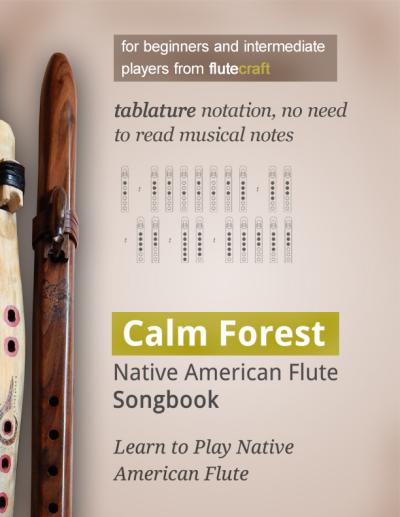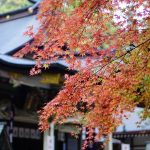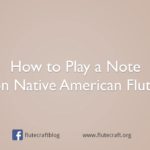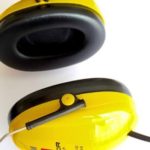I just realized I never wrote one of the most important articles regarding NAF – how to actually learn to play Native American Flute? And can you learn it yourself, with no instructor around? Short answer – yes, you play learn to play Native American flute without a teacher or instructor. Exactly how to do this, I explain in this article.
The very first step is to learn patience. Although the Native flute is a very simple instrument to play, it still requires practice. You will learn basic melodies within few hours, but you should prepare yourself for at least one year of practice before you become fluent.
As I have wrote already, you can learn to play Native American flute all by yourself, without leaving your home. The Internet is full of resources in a written form, but also in video form. YouTube is a great place to visit, and search for Native flute tutorials. I have learned to play this instrument all by myself. It’s not a popular instrument in Poland, so I had no access to teachers or instructors. I had to bought a flute, and then I bough “The Art of Native American Flute” by Carlos Nakai. High Spirits instructional DVD and YouTube videos helped me, too.
Here are the basics:
- A affordable flute for beginners that sounds very nice is quite possible to find and purchase.
- You can learn to play Native American flute in your home, by yourself.
- You don’t have to read music notes. Many songs are written down using graphical tablature.
- There’s a lot of free resources around the Internet.
- Finally: it’s very simple to play Native flute :).
Start With a Flute
Obviously, the very first step is to purchase a Native American style flute. The cost varies from maker to maker, and you have to be careful when choosing the flutemaker, because not every flute is of high quality. Personally, I recommend Jack Ferguson’s flutes if you’re a total beginner with limited budget. He builds dulcimers mainly, but his Native flutes are affordable and good for beginners. Jack’s flutes are well-made and perfectly tuned, although they come in limited woods or keys (more on that later).
If your budget is bigger, go for High Spirits flutes.
Read my review of High Spirit Golden Eagle flute.
Odell Borg of High Spirits builds wonderful flutes in various keys.
With greater budget, you can afford flutes made of exotic woods, or made by famous flutemakers such as Ken Light, who builds flutes for famous artist, Carlos R. Nakai. But if you’re just starting out, don’t buy anything more expensive than $200 USD.
Flutes can be made from various woods. For now, you don’t have to worry about it. What matters is the key of the flute – it’s the fundamental note that it makes when all the finger holes are closed. Beginners should go for basic keys such as A, G or F# – these flutes have smaller spaces between finger holes so most people will be able to play them. If you believe you have really small hands, go for the key of A – it’s a smaller flute but it still have a nice tone.
Some makers build flutes in non-standard tuning such as A=432 Hz. The standard tuning, called a concert pitch, is A=440 Hz. Seek flutes in standard tuning, because they can play well with most modern instruments.
Learn How to Play Native American Flute
Let’s answer the important question, asked by many: do you need to read notes in order to play the Native flute? No – you don’t have to. While many songs are written down on a staff using so called Nakai’s Notation, and they use standard musical notes, many sources use the fingering tablature notation as well.
A fingering tablature notation is a graphical way to picture notes, simply through images that show which holes should be closed and which holes should be open.
First, learn the basics with my free article, How to Play Native American Flute – The Basics – this will give you the idea of how to hold the flute, how to breathe into the flute and how to play the basic scale. And it will also explain the basics of graphical tablature.
Next, you may want to learn some more advanced articulations, such as grace notes or thrills – quite popular decorative techniques for flute’s melodies. I have published a how-to article about this, that will also teach you how to read notes and how to use Nakai’s Tablature.
By the time you’re done reading, you will familiar with all the basics necessary for playing Native American Flute.
Once you get comfortable with basic fingering, scale and articulations, you can visit Flutopedia and FluteTree, where you can find tablature for popular melodies.
My “Calm Forest” songbook, available in print, is another way to learn interesting melodies with tablature. Purchasing my products is a simple way to support FluteCraft.org :).
Then all you have to do is play the songs. You will get better and better as you practice.
I can’t think of better book about putting all of the above together than “The Art of Native American Flute“, which I mentioned earlier. After you get the basics of playing the Native flute, Nakai’s book will put everything together. Then, don’t forget to visit YouTube.
- Odell Borg of High Spirits Flutes published a collection of instructional videos on YouTube. Their full playlist can be found here: http://highspirits.com/pages/instructional-videos
The Native American flute is a very simple instrument to play. With a few articles, a book or two, some instructional videos often available on YouTube, you can learn almost everything you need, including various decorations and “special effects”.
What About the Instructor
All of the above can be learned from home, using only written material and YouTube videos. A real-life teacher is not necessary.
An instructor would be fine if you wish to learn how traditional Native melodies were constructed. I’m sure many traditional flute players of Native heritage would confirm that depending on the region and Nation, flute melodies were created with differences. Learning this would require an experienced instructor. But this knowledge is not necessary to play various modern NAF melodies, or improvise on your own. It’s just necessary to play traditional melodies.
Summary
By now you should know everything that should be known if you want to learn to play Native American flute.
Featured Photo by Warren Lynn (https://www.flickr.com/photos/warrenlynn/2815783516/in/photostream/)
Don't forget to become a fan on Facebook and subscribe to new posts via RSS or via email.











 via EMAIL
via EMAIL